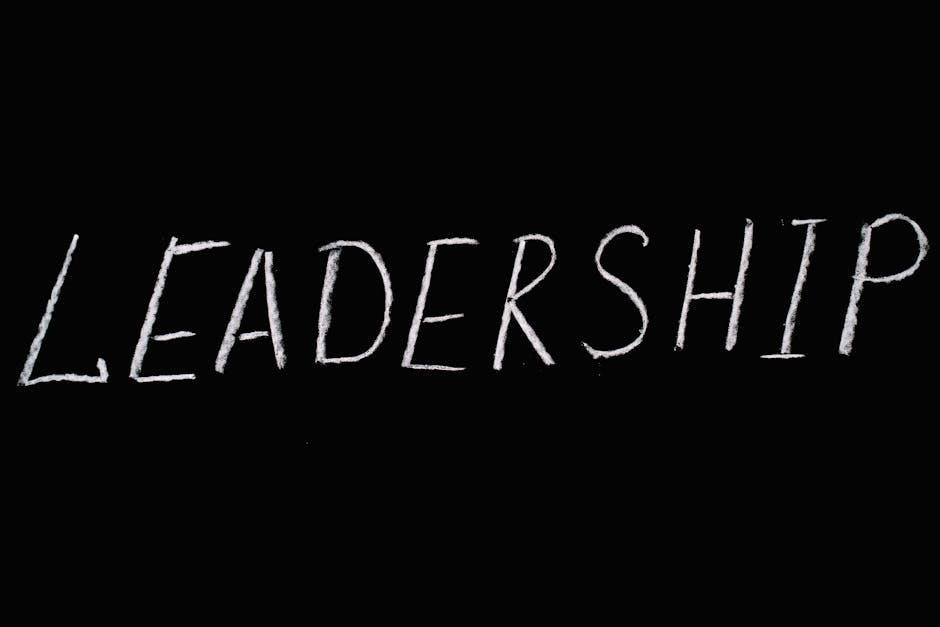A curative jury instruction is a guidance given by the judge to correct mistakes during trial, informing jurors to ignore or correct errors, ensuring a fair verdict is reached immediately always.
Definition and Purpose
A curative jury instruction is defined as a guidance given by the judge to the jury to correct mistakes or improper statements made during the trial. The purpose of this instruction is to inform the jurors to ignore or correct errors, ensuring a fair verdict is reached. This type of instruction is crucial in maintaining the integrity of the trial and preventing any potential harm to the jury’s decision-making process. The judge’s instruction serves as a remedy to neutralize the harm caused by improper statements, allowing the jury to focus on the evidence presented and make an informed decision. By providing a clear definition and understanding of the purpose of curative jury instructions, the court can ensure that justice is served and the rights of all parties involved are protected. The instruction is given to prevent any influence on the jury’s verdict.

General Instructions to the Jury
Judges provide general instructions to jurors on evidence and trial procedures to ensure fairness always and inform them of their responsibilities immediately.
Importance of Preliminary and Final Instructions
The importance of preliminary and final instructions cannot be overstated, as they provide the jury with a clear understanding of their role and responsibilities.
These instructions are typically given at the beginning and end of a trial, and are designed to ensure that the jury has a thorough understanding of the law and the evidence that has been presented.
By providing clear and concise instructions, the judge can help to prevent misunderstandings and ensure that the jury is able to reach a fair and impartial verdict.
The use of preliminary and final instructions is an essential part of the trial process, and is crucial in ensuring that justice is served.
The instructions must be carefully crafted to avoid confusing the jury, and must be given in a clear and concise manner.
This helps to ensure that the jury is able to follow the instructions and reach a verdict based on the evidence presented.
Overall, the importance of preliminary and final instructions is clear, and they play a critical role in the trial process.
The instructions are a key part of ensuring that the jury is able to reach a fair and impartial verdict, and are essential in upholding the principles of justice.
By providing clear and concise instructions, the judge can help to ensure that the trial is fair and impartial, and that justice is served.
The use of preliminary and final instructions is a crucial part of the trial process, and is essential in ensuring that the jury is able to reach a fair and impartial verdict.
Precautions to Prevent Improper Comments
Courts take precautions to instruct attorneys and witnesses to avoid improper comments always immediately during trials to prevent mistrials.
Courts’ Efforts to Avoid Mistrials
Courts take various measures to avoid mistrials, including instructing attorneys and witnesses on what not to say, and providing guidance to jurors on how to handle improper comments.
The goal is to prevent any statements or evidence that could influence the jury’s decision unfairly.
To achieve this, courts may provide preliminary instructions to the jury, outlining what is and is not acceptable, and reminding them of their responsibilities.
Additionally, courts may issue limiting instructions during the trial, to clarify specific points or to caution the jury against drawing certain conclusions.
By taking these precautions, courts can minimize the risk of mistrials and ensure that the trial proceeds fairly and smoothly, ultimately leading to a just verdict.
This approach demonstrates the importance of careful planning and management in the courtroom.
The use of curative instructions is an essential tool in this process.

Types of Jury Instructions
Jury instructions include preliminary, limiting, and curative instructions, each serving distinct purposes, guiding jurors throughout the trial process effectively always.
Preliminary, Limiting, and Curative Instructions
Jury instructions are categorized into preliminary, limiting, and curative instructions, each with unique functions. Preliminary instructions are given at the start of a trial, outlining the jury’s role and responsibilities. Limiting instructions are provided during the trial, restricting the use of certain evidence. Curative instructions, on the other hand, are given to correct mistakes or improper statements made during the trial, ensuring the jury is not swayed by irrelevant information. These instructions are crucial in maintaining the integrity of the trial process. The judge carefully crafts these instructions to ensure the jury understands their role and the evidence presented. By providing clear and concise instructions, the judge helps the jury reach a fair and impartial verdict. Effective jury instructions are essential in upholding the principles of justice and fairness in the courtroom. Jury instructions are a critical component of the trial process.
Curative Instruction as a Remedy
Curative instructions remedy mistakes, correcting errors to ensure fair trials always proceed correctly and impartially.
Neutralizing Harm from Improper Statements
A curative jury instruction can neutralize harm from improper statements made during a trial, correcting mistakes and ensuring a fair verdict.
The instruction informs jurors to ignore or correct errors, preventing prejudice and promoting impartiality.
According to case law, a curative instruction can be effective in neutralizing harm if given immediately after the improper statement.
This approach helps to prevent mistrials and ensures that the trial proceeds fairly, with the jury considering only relevant and admissible evidence.
The use of curative instructions demonstrates the court’s commitment to upholding the principles of justice and protecting the rights of all parties involved.
By providing clear guidance to the jury, curative instructions play a crucial role in maintaining the integrity of the trial process, ultimately leading to a just and fair outcome.
The importance of curative instructions in neutralizing harm from improper statements cannot be overstated, as they help to safeguard the integrity of the trial and promote a fair and just verdict.

Timing and Content of Curative Instructions
Curative instructions are given immediately after mistakes, with specific content correcting errors, ensuring fairness and impartiality always in court proceedings with precise language and timing.
Immediate Correction of Mistakes
The importance of immediate correction of mistakes in the context of curative jury instructions cannot be overstated. When a mistake is made during a trial, it is crucial that the judge takes prompt action to correct it. This can be done through a curative instruction, which informs the jury to ignore or correct the error. The timing of the curative instruction is critical, as it must be given immediately after the mistake is made. This ensures that the jury is not unfairly influenced by the error and that the trial remains fair and impartial. By providing immediate correction, the judge can help to prevent misunderstandings and ensure that the jury has a clear understanding of the law and the facts of the case. This is essential for a just outcome. The judge’s role is to guide the jury.

Case Law and Judicial Guidance
Courts provide guidance on curative instructions through case law and judicial decisions always informing jurors correctly.
Examples from the Ninth Circuit and Other Courts
The Ninth Circuit has provided guidance on curative instructions, as seen in cases such as Barragan, which establishes that a curative instruction can neutralize harm from improper statements.
Courts have also emphasized the importance of immediate correction, with judges providing specific instructions to jurors to ignore or correct mistakes.
Additionally, other courts have followed similar approaches, demonstrating a consistent effort to ensure fair trials through effective curative instructions, with the goal of preventing mistrials and upholding justice, using various methods to inform jurors correctly always.
